Fernbank Forest
Explore scenic paths winding through Fernbank Forest, a 65-acre old-growth forest on Fernbank Museum’s campus. Though located just minutes from the bustling heart of Atlanta, Fernbank Forest offers an unmatched nature experience for all ages, allowing guests to craft their own journey, from a slow-and-steady stroll to a brisk walk.
- Walk among trees towering 16 stories (approximately 160 feet) above the ground and discover breathtaking views of the natural landscape. There are trees in Fernbank Forest that are over 300 years old!
- Explore Huntemann Pond and the tadpoles, frogs, turtles, fish and dragonflies that call it home. Watch the birds swooping down as they catch a bug on the surface of the water. See if you can find one of the resident northern water snakes in the area.
- Listen closely for the sounds of a trickling creek or perhaps the calls of songbirds overhead. It’s not just our feathered friends to look out for — the forest is home to hundreds of animal species including amphibians, reptiles and mammals.
- Look for countless plant species that provide critical habitat year-round and vibrant foliage and blossoms from spring through fall. Even in winter, the forest offers stunning views you can only see once the leaves have dropped.
- Fernbank Forest is the largest old-growth urban Piedmont Forest in the country.
Fernbank Forest is directly accessible through WildWoods and is open year-round for self-guided tours. Some areas in Fernbank Forest include rugged and/or steep terrain. However, WildWoods includes ADA-accessible pathways to allow guests of all physical abilities access to nature.
*Please note Fernbank Forest closes daily at 4:30 p.m. In the unlikely event of inclement weather, we may need to temporarily suspend access for your safety.


Forest Restoration
Fernbank has been engaged in ongoing forest restoration projects since 2012, supported by staff, volunteers and a variety of restoration organizations.
Habitat biodiversity is a key component of a healthy ecosystem. Unfortunately, the introduction of non-native invasive species, including both plants and animals, has had negative impacts on many ecosystems in the Southeast. Called NNIS for short, these species compete for space and resources and crowd out native species.
In a forest ecosystem like Fernbank Forest, non-native plant species were introduced over time through a variety of mechanisms. Some plants were introduced by natural means like seed dispersal by animals like birds or coyotes, but others were introduced accidentally as they spread from adjacent properties.
Fernbank’s restoration team continually works to remove non-native invasive species from the forest, including plants like English ivy, liriope, Chinese privet and Japanese wisteria. By removing these invaders, the native seed bank in the soil has space and resources to sprout and grow.
More information can be found in this blog post.

Forest Research
Fernbank Forest is a natural ecosystem that provides many opportunities for research. Past and ongoing research projects include flying squirrel studies, invasive plant removal techniques and forest restoration, amphibian surveys, coyote monitoring, small mammal surveys and dendrochronology studies. A sample of research partners includes Kennesaw State University, Emory University, University of Georgia, Georgia Department of Natural Resources and the Amphibian Foundation.
All questions regarding research in Fernbank Forest should be directed to Forest@FernbankMuseum.org.
Volunteer Opportunities
Fernbank has several volunteer opportunities to assist with restoration projects in our outdoor areas.
Questions?
Questions regarding WildWoods and Fernbank Forest, including forest restoration and volunteer opportunities and internships, should be directed to Forest@FernbankMuseum.org.









